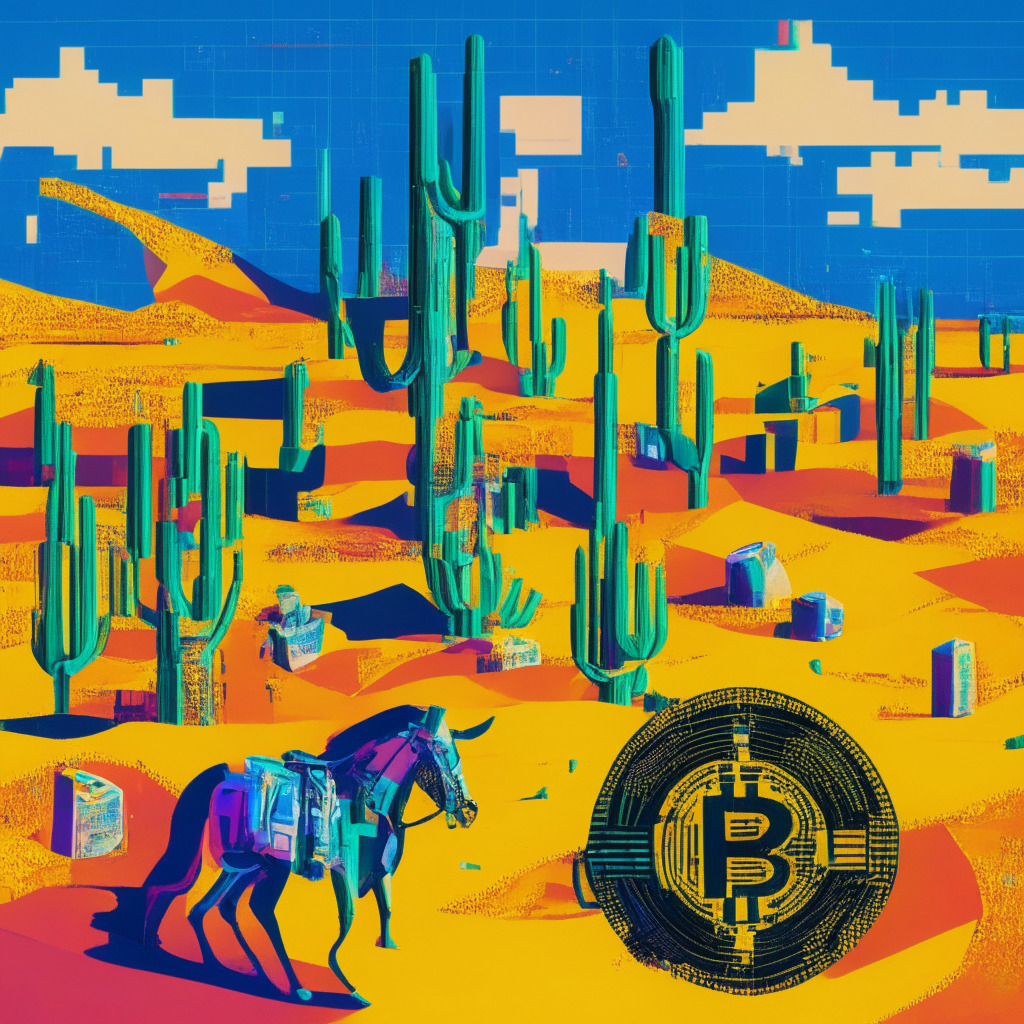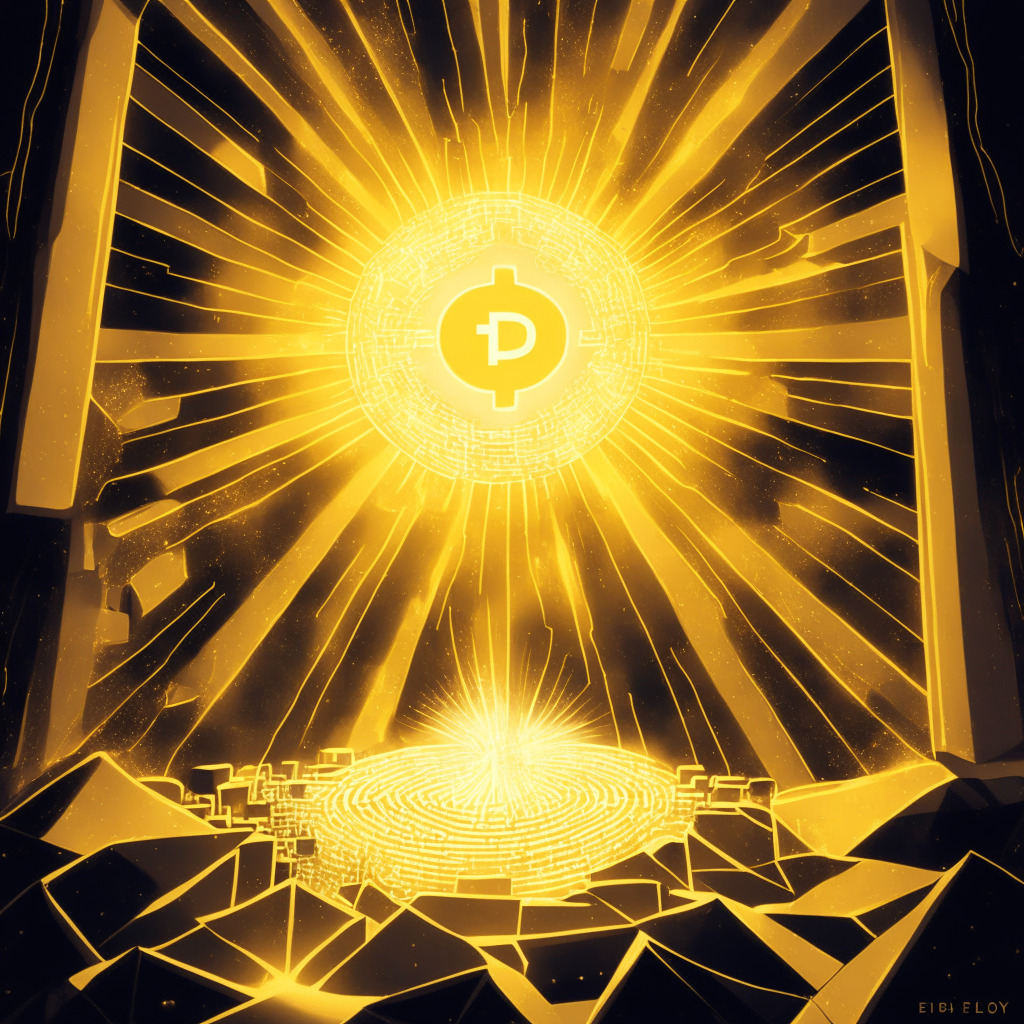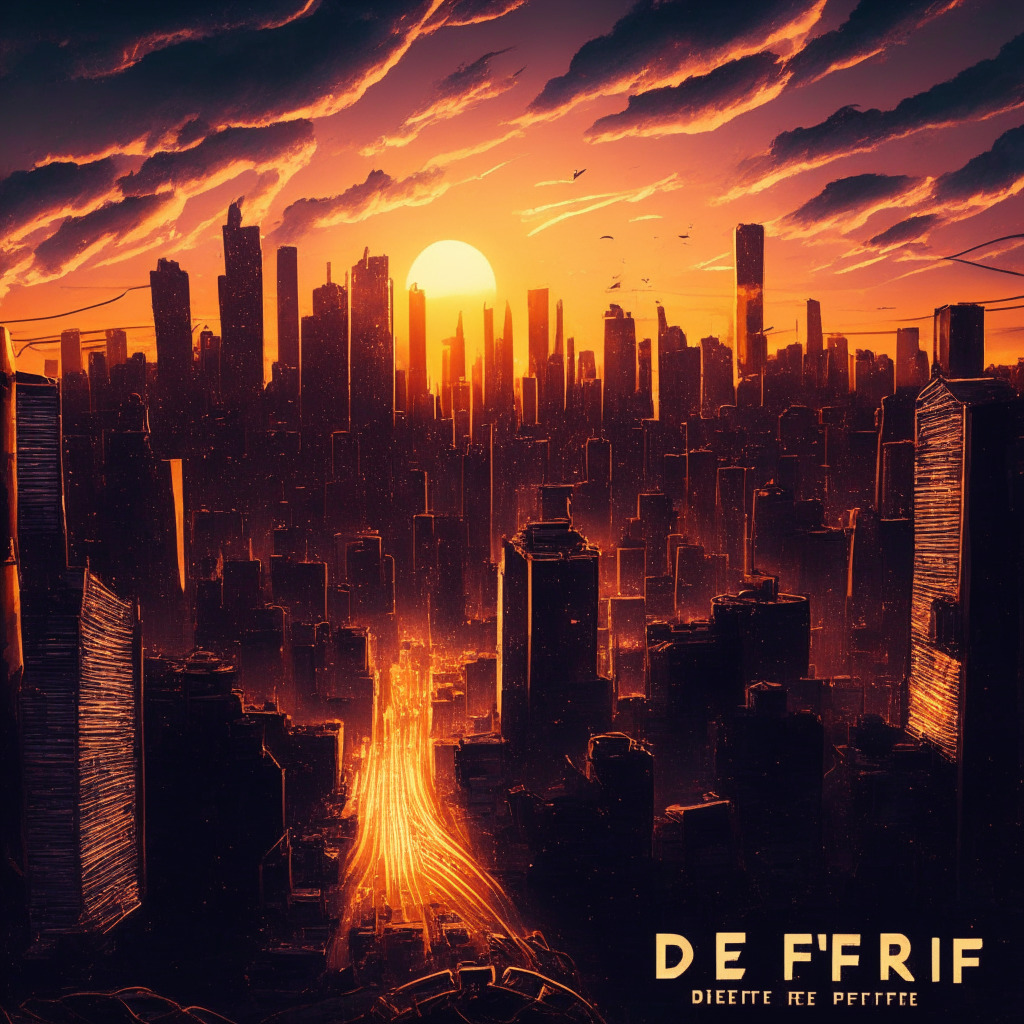It’s the Wild West of blockchain and it seems like every pioneer is staking their claim to the new frontier of tokenized real-world assets. We’re seeing heavy hitters like Coinbase, Circle and Aave making their move with the formation of the Tokenized Asset Coalition, a group dedicated to fostering the transition of traditional financial assets to the digital plains of decentralized finance (DeFi).
However, there’s always a hint of skepticism when uncharted territories beckon. Crypto natives, known for their skepticism towards this change, should be eased by the coalition’s commitment to work with both DeFi and TradFi incumbents. Predictions from Boston Consulting Group estimates tokenized assets could reach a staggering $16 trillion by 2030 – lending a palpable sense of urgency to their endeavor.
On the other hand, the largest financial group in South Korea, Mirae Asset Securities, is partnering with Ethereum scaling platform, Polygon Labs to develop an infrastructure for tokenization. Tokenization is rapidly becoming a cross-chain phenomenon with certain blockchains like Polygon taking an early lead.
Meanwhile, the London Stock Exchange Group, is mulling over the implementation of blockchain-based versions of traditional financial assets. Their reasoning hinges on the efficiencies and transparency blockchain technology can offer. And they’re not alone. The World Federation of Exchanges revealed that more than half of surveyed stock exchanges were considering or offering crypto-related services.
Elsewhere, Visa is exploring the use of the USDC stablecoin on Solana to enhance cross-border payments. The stablecoin trend appears to be catching on with the future market predicted to reach $2.8 trillion in the next five years.
In another interesting development, SOMA Finance, a decentralized exchange, plans to raise $5 million in what they claim to be the first legally issued digital security token sale. Drawing parallels with traditional finance, the token promises dividends reflecting trading revenues, causing some to see it as an experiment in tokenizing company operations.
Finally, a consortium involving crypto firms 2Tokens, Assetblocks, and Dutch banks Rabobank and ABN Amro has been chosen as one of the first 20 projects for the European Blockchain Sandbox. Their aim is to develop euro-denominated deposit tokens and blockchain wallets backed by renewable energy.
In closing, there is undoubtedly a tremendous momentum behind the movement to tokenize real-world assets. Despite some skepticism, companies are forging ahead, buoyed by the promise of improved performance, cost savings and transparency. It’s a pivotal period in the story of blockchain and crypto, one that may redefine our concepts of value, assets and financial systems.
Source: Coindesk




